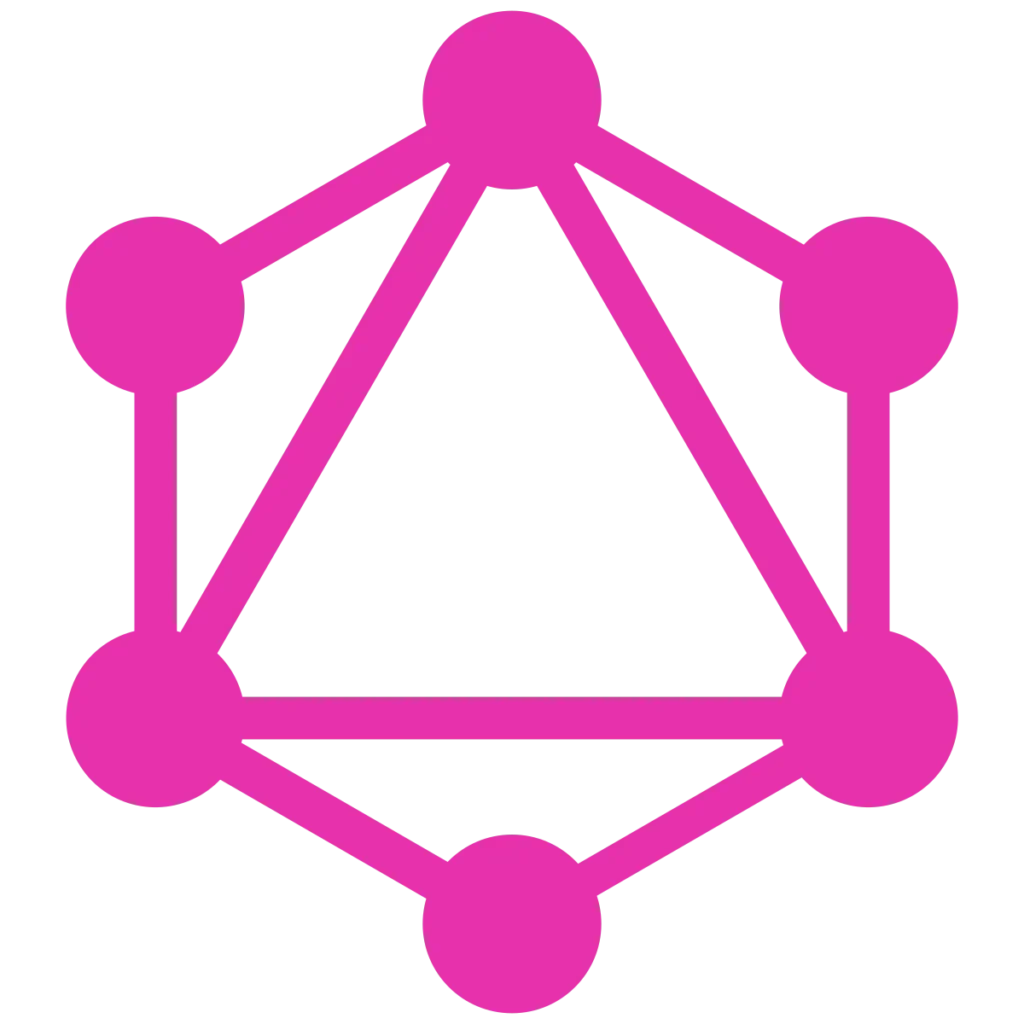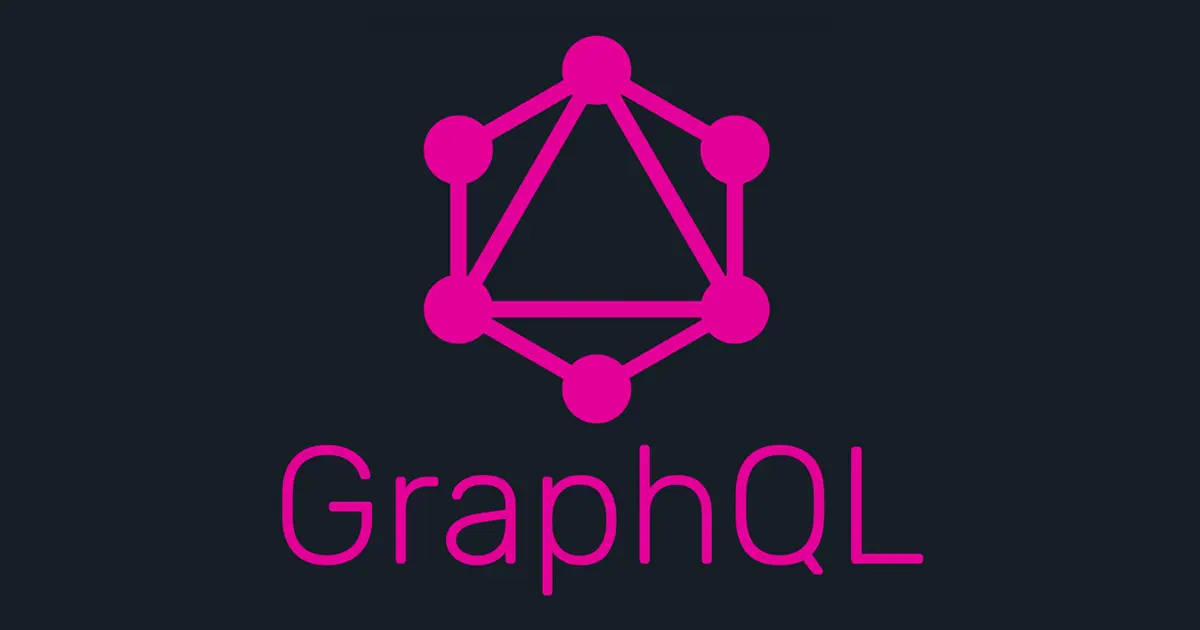A query language is a specialized tool that allows users to interact with databases and information systems to retrieve and manipulate data. It provides a structured way to ask questions about the data and get precise results. For instance, if you need to find out the last time Customer X purchased Item 1 from your online store, a query language enables you to extract this specific information efficiently from a large database.
Here’s an example of a query in MySQL, which is a popular database query language:
SELECT column_to_select FROM table_to_select WHERE certain_conditions_apply;That’s how you query a MySQL database to retrieve specific data. However, such commands are typically limited to a single database server like MySQL, and a poorly written query can result in an overwhelming amount of data to sift through. This can be counterproductive, especially when the goal is to retrieve precise information.
In 2012, Facebook introduced a new query language designed to transcend the limitations of traditional database queries and work seamlessly with Application Programming Interfaces (APIs). This innovation was GraphQL, crafted to be fast, flexible, and developer-friendly.
GraphQL is significant not only because it allows for efficient API querying but also for several key reasons:
- Integration: It can be easily integrated with your applications and services.
- Precise Data Requests: Applications can specify the exact type and shape of data needed from an API.
- Single Endpoint: It allows for requests through a single endpoint, simplifying API interactions.
- Complex Systems: It is well-suited for complex systems and microservices architectures.
- No Over-fetching or Under-fetching: GraphQL addresses issues of returning too much or too little data.
- Built-in Validation and Type Checking: It supports robust validation and type checking out of the box.
- Automatic Documentation: It autogenerates API documentation, enhancing usability.
- Enterprise Ready: It is designed to be enterprise and production-ready.
- Ease of Learning: Its straightforward nature makes it easy to learn.
The ability to avoid over-fetching and under-fetching is particularly important. Traditional query languages often return excessive or insufficient data, leading to inefficiencies and potential bottlenecks. GraphQL’s precise control ensures that applications receive exactly the data they need, optimizing both performance and functionality.

How GraphQL Started
GraphQL was conceived by Facebook engineers Lee Byron, Dan Schafer, and Nick Schrock. The initiative emerged from the challenges faced by Facebook’s mobile developers, who were dealing with vast amounts of nested and interlinked data. The traditional methods for querying this data led to performance issues with the mobile version of Facebook. The need for a more efficient querying system became evident, as developers required the ability to query precisely and efficiently for various services such as news feeds, messaging, posts, comments, and likes.
The complexity of this problem was compounded by Facebook’s large user base. This led to the development of GraphQL, a query language designed to streamline API communication by allowing queries to specify only the fields needed. This approach not only optimized performance but also made GraphQL particularly suited for complex systems and microservices. By ensuring that all queries return a predictable and straightforward data shape, GraphQL facilitates the creation of highly specific queries tailored to the client’s needs.
Ultimately, the goal was to replace multiple “dumb” endpoints with a single “smart” endpoint capable of handling complex queries and delivering data in the exact format required by clients.
How GraphQL Works
GraphQL is a syntax for querying data, serving as a bridge between the client and the data source. It allows clients to specify precisely what data they need, aggregates data from multiple sources, and uses a type system to describe the data. The GraphQL layer processes queries from the client, retrieves the relevant data from the source, and sends it back to the client. This setup enables efficient data retrieval, especially at scale, and supports multiple clients querying the GraphQL layer simultaneously.
Key components of GraphQL include:
- Queries: Requests made to the GraphQL layer.
- Resolvers: Functions that define how and where to fetch the data.
- Schema: Defines the functionality available to clients once connected to the GraphQL layer.
Several open-source projects complement GraphQL, including:
- Apollo: A server platform for integrating GraphQL into your system.
- Offix: An offline client that supports mutations and queries even when a client is unreachable.
- Graphback: A command-line tool for generating GraphQL-enabled Node.js servers.
- OpenAPI-to-GraphQL: A command-line tool and library that translates OpenAPI Specifications into GraphQL.
Conclusion
GraphQL is not always necessary if your application or service operates on a smaller scale or relies on a single database like MySQL. However, for applications that need to scale and depend on APIs for data, GraphQL offers a powerful solution that can enhance efficiency and flexibility. If your needs align with these scenarios, GraphQL could be the ideal choice for your application or service.






